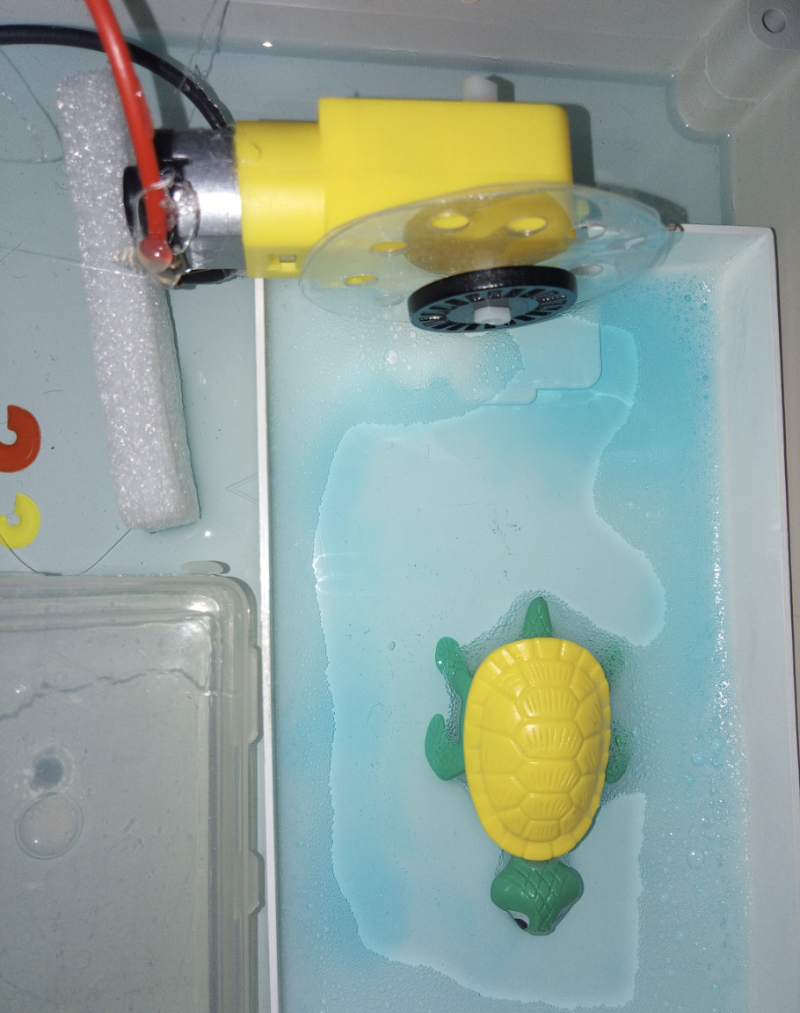At its simplest, washing up liquid and a loop in which to form bubbles is all that’s needed to create this low-cost and playful distraction. But having set a precedent delighting pupils with her builds and science experiments, Aula was determined to design something that would catch their imagination while also encouraging them to build their own bubble machine. “With this project, children can explore the science behind soap bubbles while having fun building their own machine”, she reasons.

An amazing mentor
Aula has been using Raspberry Pi as a teaching resource in her lab since 2014. She first encountered the low-cost computer when on the hunt for a good value processor with an easy-to-read temperature sensor inside for use in thermal studies. “Thus began my friendship with the wonderful Raspberry Pi board, and I transferred the energy of love and optimism that the Raspberry Pi gave me to my students and everyone around me.” She particularly appreciates the open-source approach, and the attitude that science is for everyone from a community that ensures others can research and overcome any technical difficulties they encounter.
Spinning things out
This project introduces children to basic electronics and encourages their creativity with options to customise their bubble machine, designing and decorating their own plastic discs or experiment with different fan sizes for varying bubble sizes. By programming the Raspberry Pi Pico, children can learn about coding concepts such as loops, conditionals, and functions.

The heart of Aula’s bubble machine is its perforated circular plastic disc, which performs the same role as a bubble wand. When the disc rotates, it dips into a soap solution, creating a film of soap on its surface, she explains, while air from the fan blows through the holes, forming bubbles that detach from the disc and float away. A DC motor connected to an L298 driver circuit controls both the fan speed and disc rotation. These signals are provided by Raspberry Pi Pico and a potentiometer connected to it by an ADC pin.
“Raspberry Pi Pico controls when to start and stop the motor, as well as adjusting its speed, and was the ideal choice”, says Aula. It allows her to calibrate the speed at which the disc releases the bubbles and helps to optimise energy consumption so both the battery and kids’ enjoyment lasts as long as possible.








